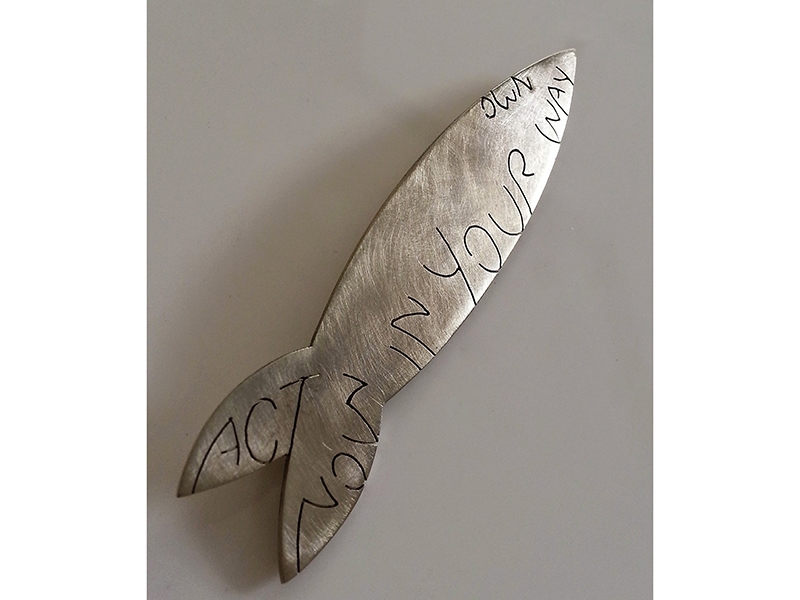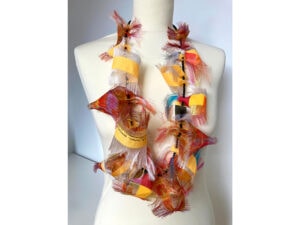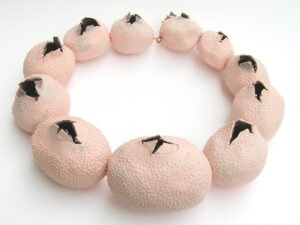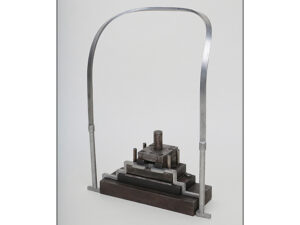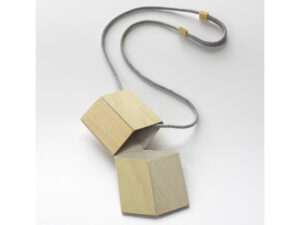This brief essay was originally published in Damian Skinner’s book Contemporary Jewelry in Perspective.▲
Jewelry accompanies the individual into the public space and into the crowd. It’s in the street that jewelry operates in the tension between the personal and the public, at once an object of private use and an object with an immense capacity to interact and seduce.

As a space, the street has both negative and positive connotations. The street is where objects leave social life, to be thrown into bins or washed down gutters. To live on the street is to occupy the lowest rank of society. But the street is also a positive field of social interaction, where individuals emerge from their private spaces to mingle, parade, and connect with each other. The street is the home of popular culture, the place where people can shape and display their identity through acts of consumption, affiliation, activism, or leisure.
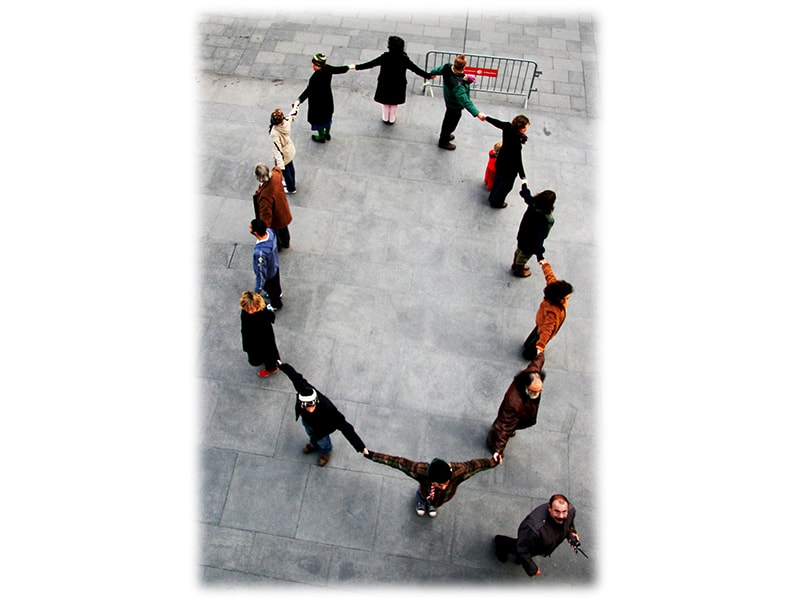
Jewelry plays a key role in these acts of identification, from the piercings of youth cultures to the showing off of bling and luxury jewelry by rappers and bankers alike. The street can be a carnivalesque space where existing order is upturned. Unlike the tightly controlled and copyrighted clothing brands found in shopping malls, street fashion is largely unauthored, just like stencil art or graffiti. The domain of street jewelry extends from cheap objects like badges to so-called ethnic souvenirs, the simplified versions of traditional, non-Western jewelry sold in street markets.
The street hosts both amateur and professional practices in a nonhierarchical manner. Contemporary jewelry does circulate in this space to a limited degree when it’s discreetly displayed in gallery windows or worn by members of the contemporary jewelry scene. However, though objects like ready-mades might be sourced from the street, in the gallery they become art objects through a strict separation from their roles in the world outside. The gallery or museum as “white cube” frames the art inside as distinct from street life beyond its walls.


